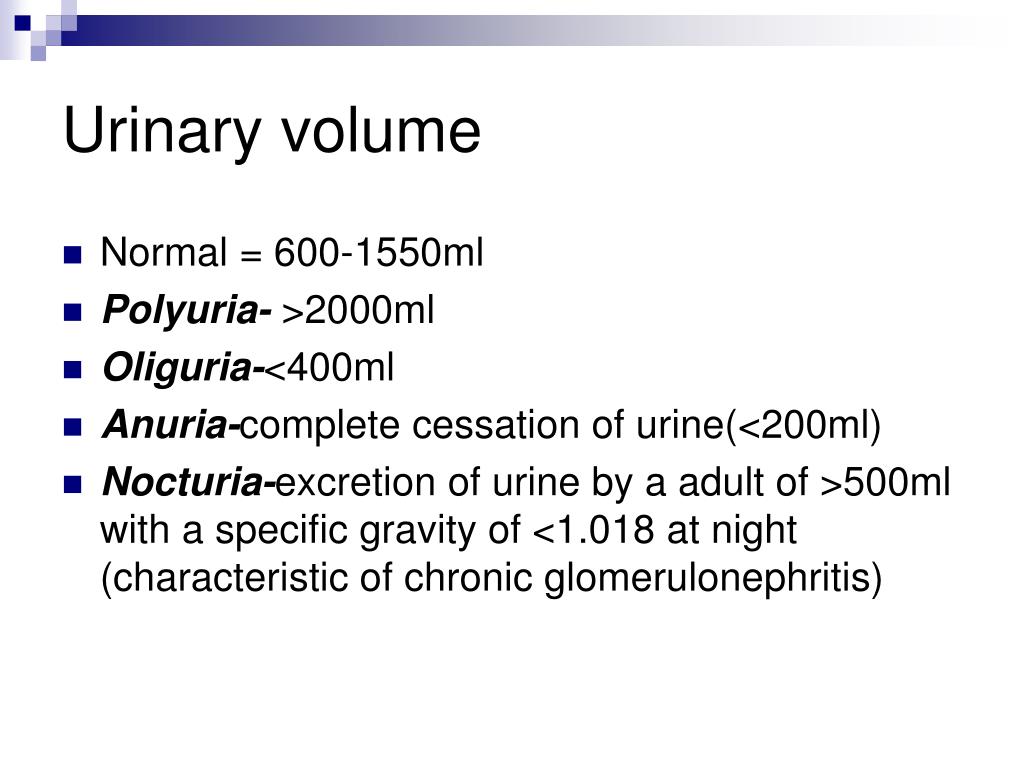

Casa DJ, Armstrong LE, Montain SJ, Rich BSE, Stone JA."Urinary indices during dehydration,Įxercise, and rehydration." Int.


A simple value that is commonly stated as indicating dehydration is a value of 1.15 or greater. There are several criteria that are used in the literature to indicate dehydration. The specific gravity results will range from 1.000 (which is equivalent to water) up to 1.035 (very dehydrated). I will also explain Following aspect of Sp. In this Video, I will explain Urinometer in detail. Specimen can be stored in refrigeration for later analysis. Hi, This Video is on Urinometer Instrument & Specific Gravity. Results: The measurement may be done immediately after collection, or the Hold the refractometer up towards an area of natural light, look through the eyepiece and read the specific gravity level off the scale - the point where the contrast line (difference between light and dark areas) crosses the scale. Place a drop of urine on the glass plate and close the flap. Clean with distilled water and dry with a soft non-abrasive cloth. Open up the flap at the end of the refractometer. This should be done before you begin testing, and after every ten samples or so to ensure that the calibration remains accurate. Calibrate the refractometer by placing distilled water on the glass as the sample, and adjusting the scale to read 1.000. The sample can be measured immediately or stored for later measurement. Stream is discarded, then a small sample of urine is collected Specific Gravity tests for the viscosity of the urine sample. We concluded that in those clinical conditions, urine osmolality should always be determined and it should not be estimated based on specific gravity. Values outside of this range may indicate the sample has been adulterated. The urine samples obtained from patients with different clinical conditions documented that reliance on specific gravity could over- or underestimate the urine osmolality. We found a linear correlation between the specific gravity and osmolality of the 6 substances that were studied and for their combinations. The in vitro curves for sodium chloride, urea, creatinine, glucose, contrast dye, and albumin were plotted (specific gravity versus osmolality). Urine samples from patients with different clinical conditions were also analyzed. We studied the relationship between specific gravity and osmolality in vitro with simulated urines of varying composition. In certain clinical conditions, such as uncontrolled diabetes mellitus, nephrotic syndrome, after the administration of intravenous radiocontrast material or saline diuresis, dependence upon specific gravity for determining the concentrating ability will result in over- or underestimation. In general, there is a good correlation between the specific gravity and osmolality of a urine sample.


 0 kommentar(er)
0 kommentar(er)
